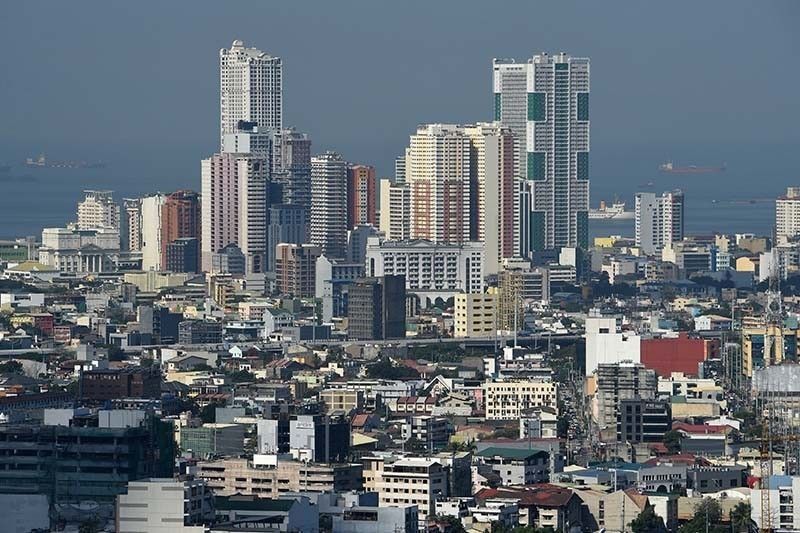S&P cuts Philippine growth forecasts anew

MANILA, Philippines — S&P Global Ratings on Wednesday cut anew its growth projection for the Philippines economy after state spending retreated due to delayed approval of the 2019 national budget, and as external headwinds intensify amid a burgeoning US-China trade war.
In its new report, the global debt watcher slashed its growth outlook on the Philippines to 6.1% in 2019 from its previous forecast of 6.3% made last April — which was also a downward revision from 6.4% projection given in December last year and 6.6% in November.
For 2020, S&P said it expects the domestic economy to expand 6.4%, lower than its earlier estimate of 6.5%.
“We continue to expect GDP growth to come in at the low end of the 6-6.5% range in 2019, with a likely resumption of the infrastructure build in the second half of the year to bring the fiscal impulse for the year to around neutral after being negative in the first half of the year,” S&P said, adding that the central bank will likely ease monetary policy further to power growth.
“We also expect [Bangko Sentral ng Pilipinas] to maintain its easing bias this year, supporting growth, as inflation will likely stay benign especially compared to last year’s spike,” it added.
Gross domestic product — or the value of all finished goods and services produced in the country — expanded 5.6% in the first three months of 2019, slower than 6.3% in the preceding quarter and 6.5% recorded in the comparable period last year.
The latest reading was the slowest since 5.1% registered in the first quarter of 2015 and settled below the state’s 6%-7% annual target for 2019.
Socioeconomic Planning Secretary Ernesto Pernia had blamed the four-month delay in passing the 2019 national budget for the economy’s disappointing performance in the first quarter. A spat among lawmakers stalled the approval of the new outlay, leaving fresh projects unfunded and crimping state spending, which accounts for a fifth of the country’s GDP.
The BSP held off further policy easing this month and kept its key rate unchanged after inflation accelerated to 3.2% in May.
According to S&P, “[r]isks to external financing and exchange rate volatility are back on the radar as trade tensions re-escalate.”
“The spillovers of the trade dispute to the Philippine electronics sector could also be larger than we anticipated at least in the short run,” it said.
Last April, S&P upgraded the Philippines’ long-term sovereign credit rating from “BBB” to “BBB+” — or two notches above investment grade rating — with a “stable” outlook.
READ: S&P upgrades Philippines’ credit rating
S&P said it may raise the Philippines’ ratings over the next two years if the government makes further significant achievements in its fiscal reform program, or if the country's external position improves and institutional settings get better.
But it warned that a downgrade could be triggered if the state’s fiscal program “leads to much higher-than-expected net general government debt levels,” or if real GDP growth declines significantly. — Ian Nicolas Cigaral with a report from BusinessWorld
- Latest
- Trending
































